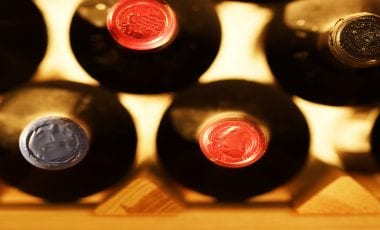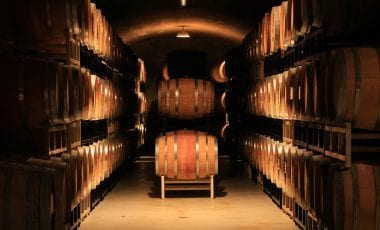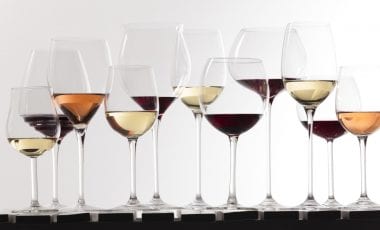It’s actually a fairly easy question to answer: not all wines are equally suitable for longer storing periods. But how do white and red wines differ?
When talking about storing wines it should always be known that this refers essentially to three groups of wine. On the one hand, there are the consumer wines for everyday enjoyment that you can usually buy in food retail stores. These wines taste best at the time of bottling and shouldn’t be stored for too long otherwise they will lose their quality relatively quickly. The next group is made up of well-made standard wines which can maintain their quality over a certain period of time but don’t really improve. Last but not least is the third group of particularly high-quality wines that not only keep their quality during storage but can even be enhanced and improved by it. However, contrary to popular belief, this third group is by far the smallest and, in fact, only refers to high-quality crops.
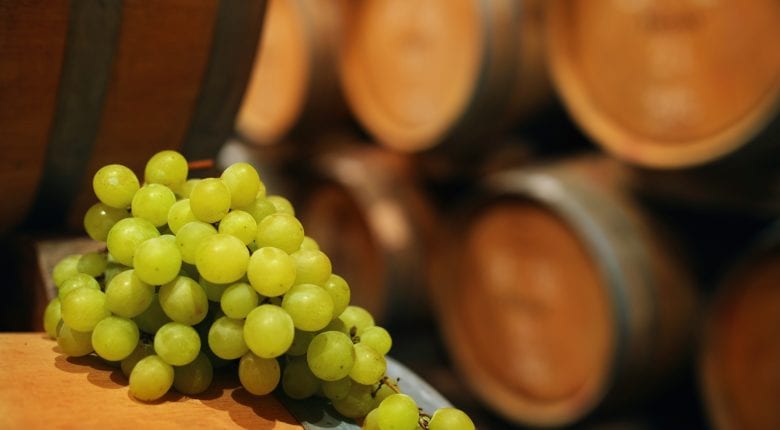
Not every wine is suitable for storage over a long period of time
But what about red wines in particular? Interestingly enough the type of winemaking differs depending on the colour. The big difference in the production of white and red wines is that in the case of white wine only the squeezed grape juice is fermented while for red wines usually the juice is used together with the grape skins. This releases not only the dye contained in the grape skins but also the tannic acid present, which is then responsible in many red wines for the more or less tastable (actually: feelable) lightly furry sensation on the palate.
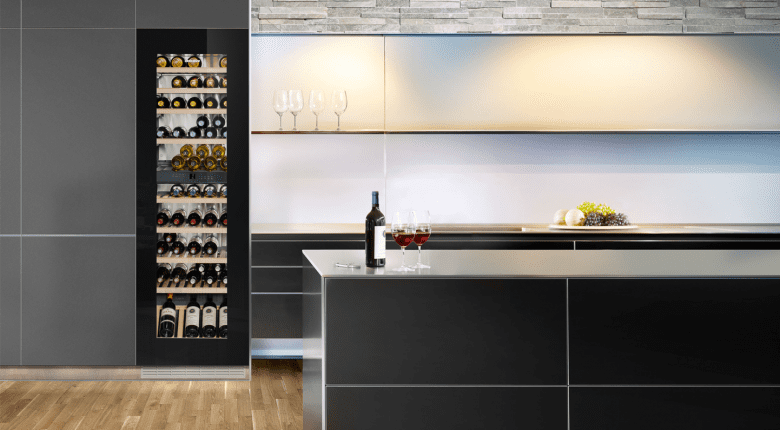
A Liebherr wine storage cabinet
Enjoy Beaujolais Primeur and Trollinger from Württemberg rather than store them
This tannic acid, however, is also an important antioxidant that can help make the wine age better. As a result, red wines with a high tannic acid content, those that taste distinctly “furry” in their youth, are often considered to be particularly good candidates for long maturing. However, it shouldn’t be overlooked that there are also red wines with very low tannic acid content and a generally quite reserved structure. A very good example for this is youthful, fruity, and particularly accessible red wines such as Beaujolais Primeur which is bottled shortly after harvest, or the light and bright red Trollinger from Württemberg. Despite their red colour such wines are usually unsuitable for storage and should be enjoyed young due to their fresh fruitiness and youthful charm.
We hope you enjoyed reading this article. Which wines do you have stored long term in your Liebherr wine cabinet? Get in touch with us on Facebook and Twitter – we’d love to hear from you!
